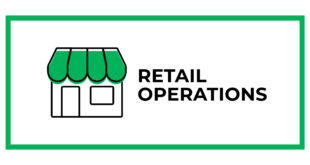Working to increase your store’s average transaction size makes sense, especially considering that you have three primary ways to grow top-line sales.
These methods are:
- Increase prices.
- Increase the number of customers who frequent your store.
- Increase average transaction size.
All three strategies are important, but finding a balance between increasing prices and remaining competitive is difficult. Gaining new customers requires time and advertising money. But you can improve your transaction size relatively easily because you can focus on selling to your current customers.
The data below, which comes from the North American Retail Hardware Association’s 2015 Cost of Doing Business Study, illustrates the differences in average transaction size between typical and high-profit hardware stores, home centers and lumberyards.
It is important to benchmark your business and understand how your store compares to the industry. Is your average in line with high-profit stores? Or is your average below typical stores? If your store’s average transaction size is similar to or below a typical store’s average, then you may want to identify and implement ways to grow your average transaction size over time.

Applied to Retail: To increase average transaction size at your store, be sure that your employees are properly trained in selling skills, such as making add-on sales and explaining the benefits of higher-quality products.
In addition, take advantage of some free resources from the North American Retail Hardware Association (NRHA). NRHA has created a guide and video for teaching employees about average transaction size. The guide suggests strategies for increasing your store’s average transaction size and explains case studies on what other retailers have successfully done.
To accompany this guide, NRHA created a brief video you can show at your next company meeting to help your employees better understand average transaction size and its impact on your business.
 Hardware Retailing The Industry's Source for Insights and Information
Hardware Retailing The Industry's Source for Insights and Information








